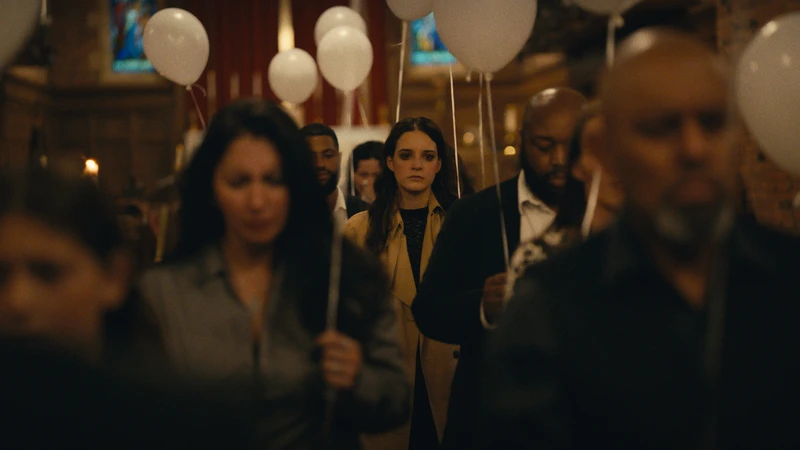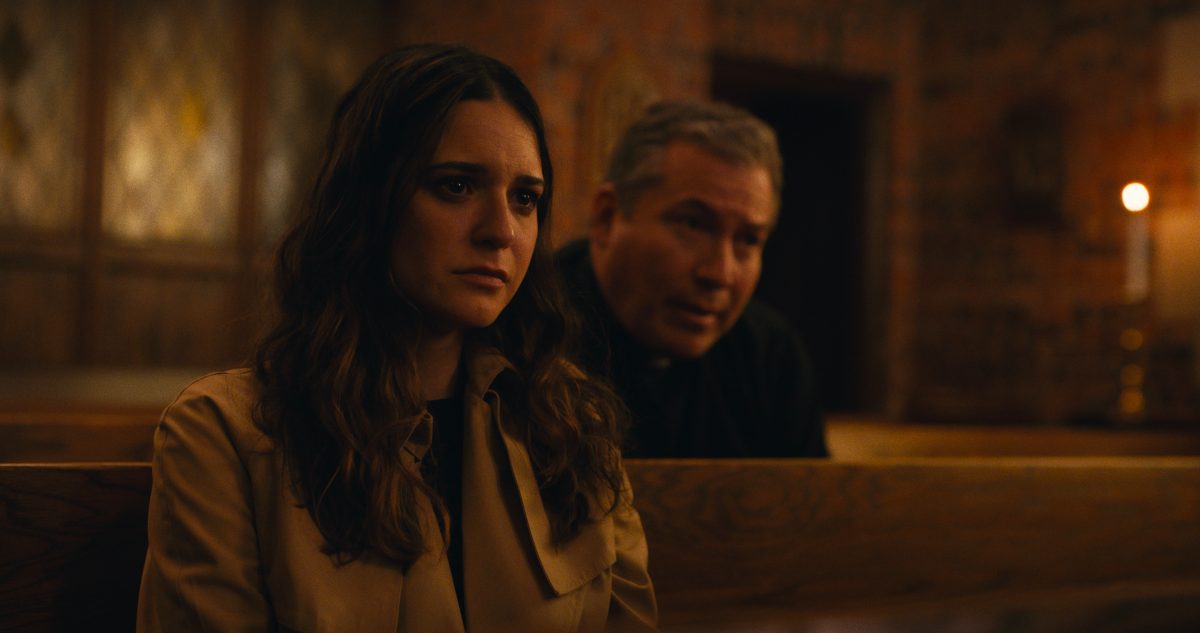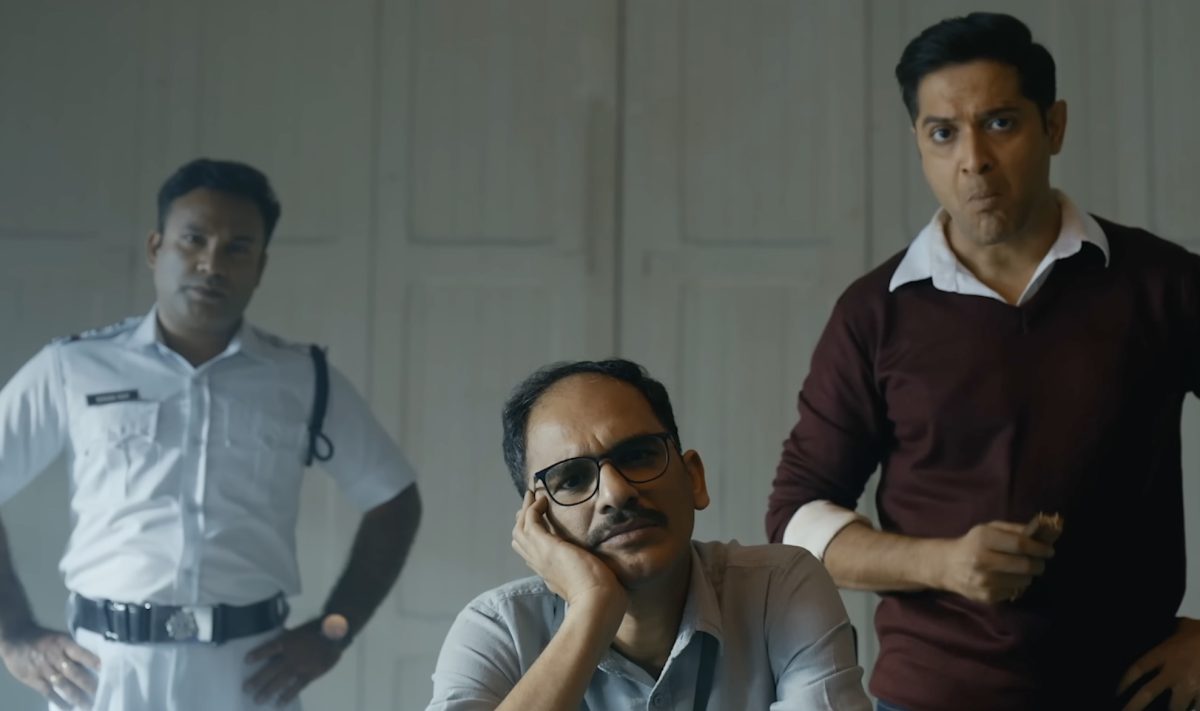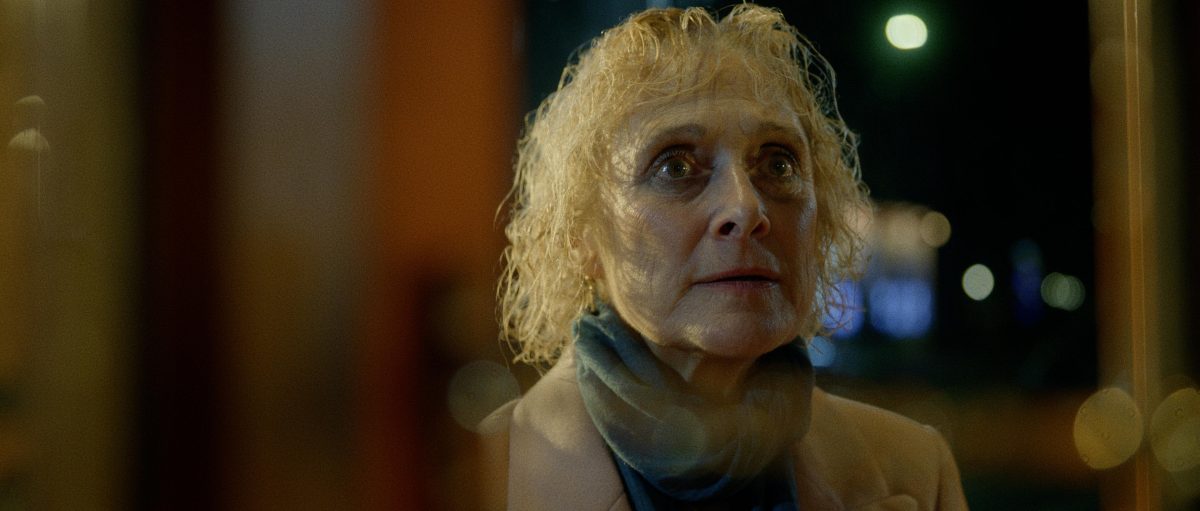The pilgrimage from Maribel does not reach the sadness in the “mourning” with the trumpet coding of the decision, but it is remaining, in the light of the dusk between condolences and coercion. Once you start attending the funerals of strangers – secrecy in its grief, lying, and slipping into the seats that do not have it – it becomes both Shiites and Vanum, carrying the loss of others even with the remaining salary is not required. Natalia Veligas inhabits this contradiction by self -control: there is no prosperity, and there is no tears that you like to fall to influence, only the gait of her steps, the same coat she wears to her mother, her vacant pain in her eyes when she provides promotion, and not knowing whether she is comfortable or curse. Father Thomas (Julio Cesar Cedilo) stands as a voice and a conscience; It is not the savior, but the moderate witnesses and competitor asks whether her habit is consolation or avoiding the requirements of sadness.
The film puts these moments not as ethical lessons, but as a boy between what the world expects – moving forward, allowing to go, and what the heart can bear: this sadness may not lie in what has been announced, but what is blocked. When you monitor Maribel, there are sympathy, yes, but also a stuffed envy: it is still related to its mark. Thus, the movie asks us: What becomes from the common that is taking out of the usual sadness, which borrows the rituals of others, yet he cannot put its own burden?
In its shows – soft words, stolen moments of calm reverence on the edge of the coffin – she seeks at the same time and escapes from her pain. In its position, in stopping it, it becomes a mirror for each of the unannounced audience members. What if you say something else? What if I left my sorrow formed me instead of shame? The strength here lies in this mystery: comfort is not always saved, and the infiltration can be soft, and the funeral may reach through viewing instead of speaking, and perhaps even by standing on the threshold of two tribes, one general, one special.
The film resists an elegant closure: Maribel does not erase its grief or break the pattern of attendance. It was not implemented by forgetting it, but by remembering that some sadness should be transferred to the future, and it has been told and re -narrated. Perhaps the second sadness is to learn how sadness is less about the final as is the case, as less than the tears that are accompanied by as not scattered echoes as we do not expect it.
Maribel’s sadness in the movie “The Mourning of” is not a good wound, but it is something that she carries through the pamphlets of church, breathing tries to control it and the empty space in which her mother’s voice was. She wears the same coat to her mother’s funeral, the earrings are the same; These small repetitions become rituals. They connect it until the end of anything and they move through the sadness of others. The funerals of strangers attend, share her body, sympathy, read death notifications as personal certificates, highlight the names and dates in her paper as if they were wandering in the same loss lands.
“Mourning” is a radical action of sympathy. It insists that sadness, especially on those who lost us, is not a journey, but rather the terrain that we live indefinitely. Maribel wanders between the funeral crowds tragic because it is denial and research – a denial of its solitary mourning, and the search for the company that you no longer feel. Repeat, transformations, turn. Sometimes the oud is not related to forgetting, but rather about learning to breathe next to it. Prayers, and in each frame, the mourning structure is pressed, yet it gives it a place to stand.
Her face is a natural view of longing. Natalia Veligas moves sadness without surplus, and her expressions were silent, and her eyes are reserved, as if she was participating and observer, both the comforter and haunted. Father Thomas (Julio Cesar Seedelo) becomes a mirror and moral tension: he sees it, wondering about it, and wondering loudly if its rituals of sneaks are comfortable or commensurate with the self, whether its stability between sadness is dedication or denial.


The liberation (Jonathan Quartac) extends moments of silent commitment – the lock of the hands, a hymn, the church candle of palpitations – and the time presses so that waiting for weight, and that every breath between speeches is important. The sound, also, the René G. Boscio points, the echo of the organs, the sad consensus, mixing with Ambious, PEW screaming, soft bleak for obituary pages, until the sadness becomes a texture, ocean. Maribel seems to be stuck in time, as it revolves around her grief through the rituals of strangers; However, in those rituals, there is also a graceful thing: a soft company, and the sharing of sadness does not have it, but it becomes shades and an interview with what it cannot abandon.
The film does not give its release. It does not indicate that attending these funerals brings treatment. Instead it offers, it is a radical blessing – then by sadness over its most calm edges: not screaming, but the tremor; It is not the advertisement, but silence. It is not giving up, but sticking. When watching Maribel, we see ourselves in memory paths, in deaths that we never forget, in the moments we avoid because we fear the echo.
Maribel’s practice of drifting into the funerals of strangers in “Haddad” becomes more sad: it is Hajj, transgression, and confirmation. She is a ride in her car, and notes the service from the funeral of her mother, who is still installed inside The Sun Visor, while others are scattered through the back seat, each of the blades she studies to communicate. In the Church of ascension, it is not a guest; It is a presence.
The rituals are general, however, sadness is still gates: who may cry, which may enter, and who may fade after the service end. Maribel’s presence – its calm entry from waking up, squares and homes that have no legitimate claim – is an act of persistence, and the demand has been rejected to reach its grief. She once again wears the same coat, the same earrings she wore at her mother’s funeral – rituals of repetition, an external costume that becomes uniform for mourning, which represents her continuity with absence.
Since Ellendo does not appoint moral judgment, it refuses to define the action of Maribel as a pathology or heroism. Is this an obsession or sincerity? Is this comfort or coercion? The movie will not tell you. The mystery is necessary. Sadness is messy. Its rituals of their attendees are escaping and confrontation – escape from isolation, and a confrontation with the death of the rejection of its grip on it. Spatial logic (car, streets, church, and home) plan the edges of belonging and exclusion, which indicates that the general mourning rituals are carved from custom: some are given the right to cry, and others must cry. Maribel does not require any permission. The question quietly posed by the film is: Who gets sad? Who was said to him, “go ahead”? Maribel’s authorized presence is not the sympathy of others as much as it is needed to be sad for the structure of ritual rituals, which it erases routinely.
She yearns for containment, and some angle of her grief to breathe, however she slipped behind her in the area that was largely created from the funeral. Its interruption is that overlap boycott the rituals, boycott the group, and boycott the tradition. Al -Haddad perpetuates this tension: It does not relieve us of the interpretation, does not forgive the crime of Maribel. Instead, the opening of the fissure is left between collective rituals and personal rupture. It reminds us that sadness is not overlapping can go; It is a voice that needs its own space that has no chair. He insists that sadness – especially for those we lost – is not a journey to complete it, but the landscape that we live forever.
Maribel’s wandering between the funeral crowds is tragic because it is a denial and a desire – a denial of its solitary mourning, and a pursuit of communication that no longer believes is eligible. It will not allow an elegant closure. In its final frames, we do not see them fully made. We see evidence of the yearning for her, her body still suffers from it, the memory is still at work. This rejection takes courage: a lot of films look forward to the square end of sadness; This remains inside us. He insists on a challenge. It reminds us that the loss is never forgotten; It resonates, changes, and develops. Sometimes he does not forget the way back after losing but learn how to breathe next to.
Read more: Several deaths: 15 wonderful films about death
Haddad (2024) short movie link: IMDB, Mobi


